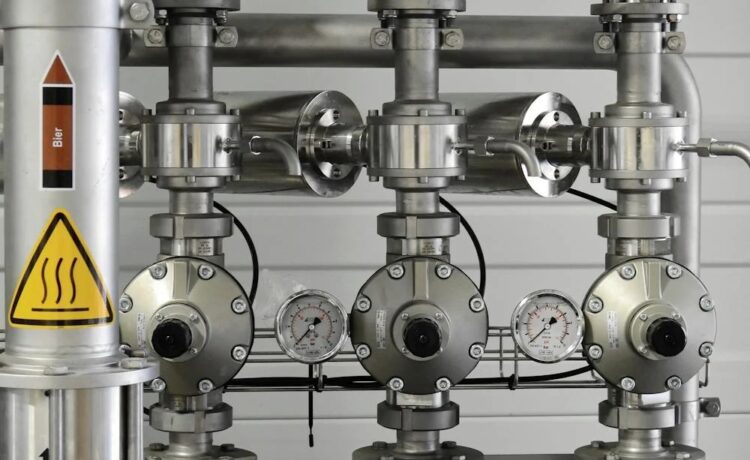Flow control valves are used in various industries and these are used to regulate the rate of fluid. Choosing the right control valve requires several considerations and we will go into more detail on this in the article below.

You need to understand
The requirements of your application when looking for a Bray control valve. You should define the type of gas or fluid used and the required conditions for pressure, temperature, flow rate and other specifications. This will give you a good idea of where to look for the right control valves. There are different types of flow control valves and these are used for different applications. Some valves you will come across are ball valves, butterfly valves, globe valves and needle valves. These have unique functions and are recommended for different applications.
For example, you can use ball valves for on-off control and globe valves for throttling. The flow characteristics of your system have to be considered when choosing the right control valve. There are different flow patterns in different valve designs and types. You will need to research more on the type of valves you are looking for and the operating conditions. Once you have a good idea of the requirements, you will be able to select a valve that ensures efficiency and control.
The pressure conditions within your system should be assessed
You have to consider the pressures at the inlet and outlet both for this. You then need to select a flow control valve that has a pressure rating exceeding the maximum working pressure in your application. You will also need to think about the differential pressure across the valve. Doing so will ensure that the valve you select is able to handle the expected differential pressure. This will contribute to the safety of the operation. The materials used in the flow control valve construction have to be considered as well.
This is because material quality has an effect on the performance and durability of the valve. You need to check whether this material is compatible with the gases or fluids of your application. It is important to choose materials that can resist chemical deterioration and corrosion. Some common materials you will find in the construction of valves are stainless steel, alloys and brass. There are pros and cons to the use of these materials so it is very important to consider the application.

You need to choose
A flow control valve whose size and capacity are appropriate for the required flow rates of the system. The size of the valve should match the diameter of the pipe and the capacity should exceed the maximum flow rate. If the valve you select is over or undersized, there can be inefficiencies in the system and it can lead to poor control and damage to the system. The temperature range within your system should also be considered when it comes to the fluid or gas being controlled inside. There are temperature limitations to different materials and valve designs so you need to make sure that you choose the right valve that can operate within the required temperature.





